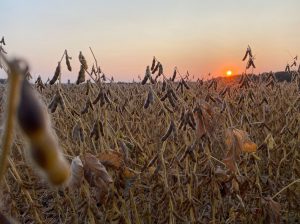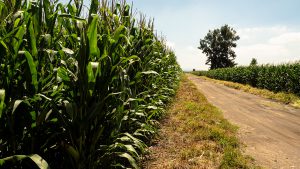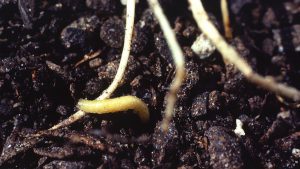Cropside: Asiactic garden beetle
AGRONOMIC INFORMATION FROM ONTARIO'S CROP SPECIALISTS

ASIATIC GARDEN BEETLE (AGB; Maladera castanea) is an invasive pest causing significant stand loss in pockets of Ohio, Indiana, and Michigan over the last decade (Figure 1). There have been no reports of AGB injury in Ontario field crops, but verified photos of the adult beetles submitted from multiple sites between Windsor and Ottawa on iNaturalist indicate they might already be here.
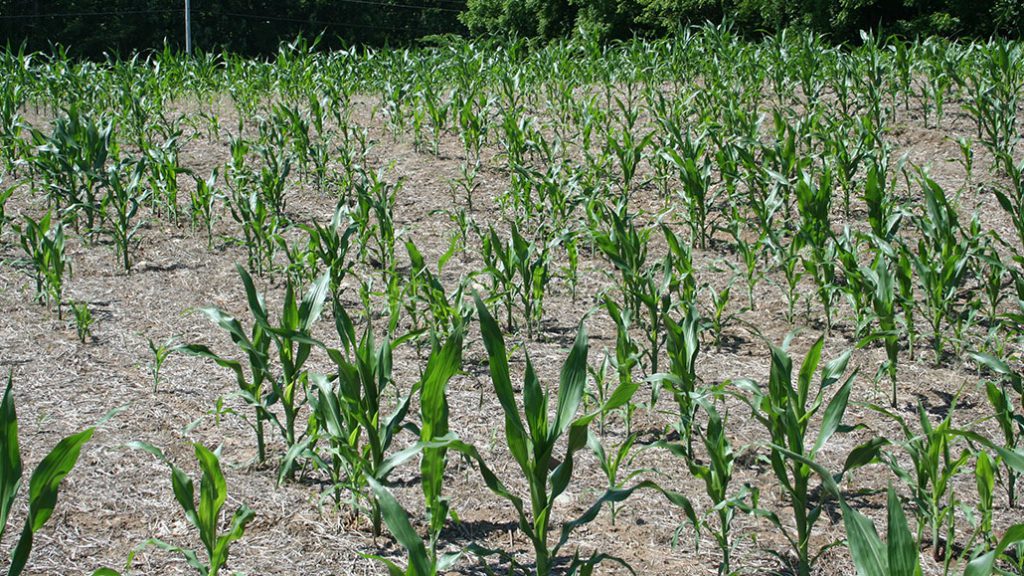
AGB has a similar life cycle to Japanese beetle. Adults emerge from the soil in June and are active until October. Eggs laid in the soil in July and August hatch and larvae feed on roots in August until late October. The grubs overwinter in the soil and start feeding again in early spring until late May. AGB have more than 100 hosts but field crops at risk include corn, soybeans, and forages. AGB also have a strong preference for some weeds including marestail, giant ragweed, and wild carrot — so dig up these weeds and look at their roots for grubs in problem fields. Heavier infestations tend to occur in loamy to sandy soils.
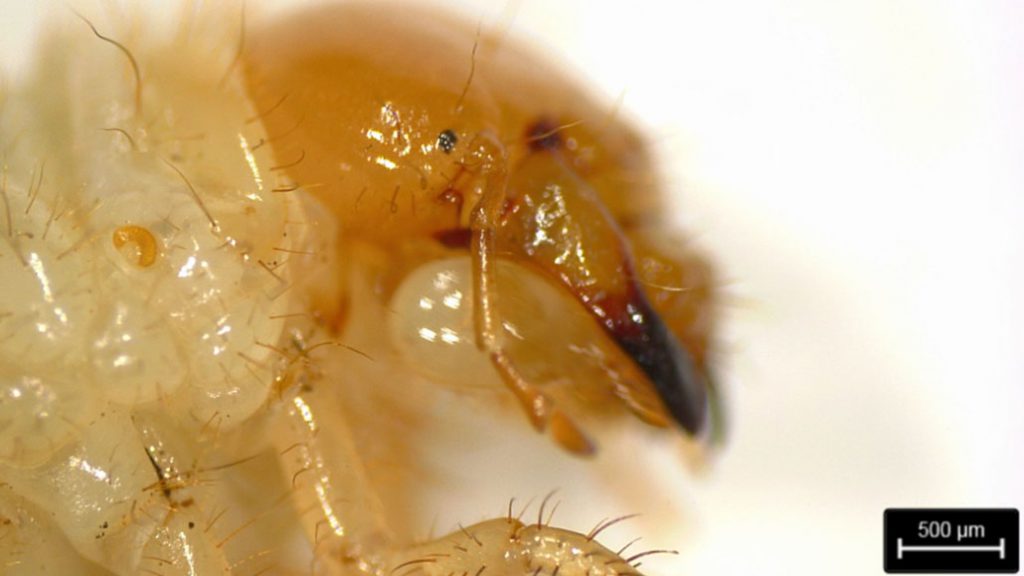
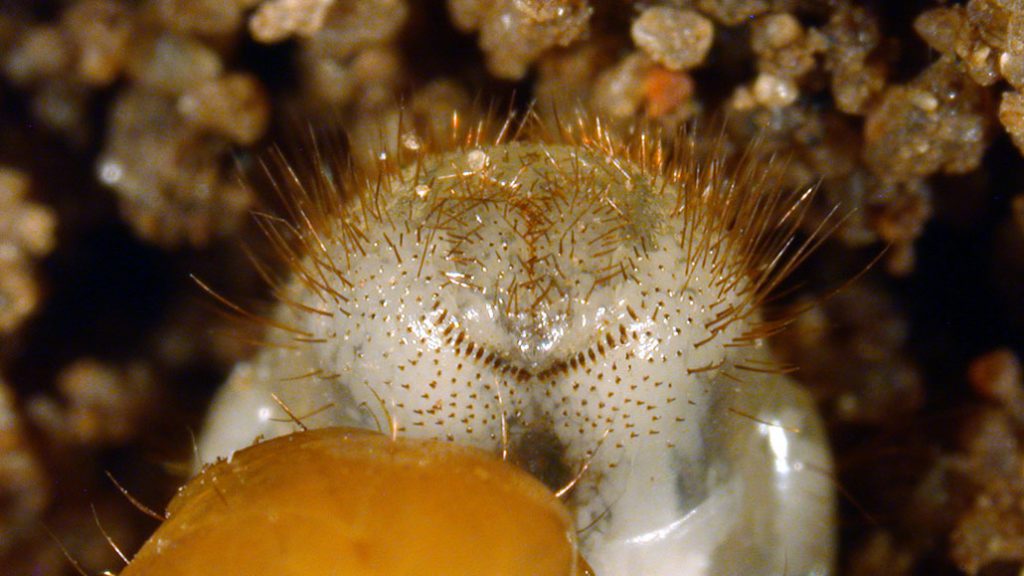
Even though AGB grubs are smaller than Japanese beetle grubs, they are more active and voracious than other grubs. Very few products are effective on them. Soil applied insecticides do not work and even high rate neonicotinoid seed treatments provide little to no protection. Lumivia seed treatment is registered for this pest on corn but no products are currently registered for use on soybeans.
Dr. Chris DiFonzo at Michigan State University put together a great grub identification factsheet that shows the key differences of all the field crop grubs including AGB: https://www.canr.msu.edu/ uploads/files/AABI/Grub_field_ID.pdf
Key features of the AGB grub include bulbous “cheeks” on their face (Figure 2). At the butt end of the larvae, the raster pattern (dark short hairs) is a very wide V and the anal slit is a “Y” that starts to curve back down at the ends like a two-sided fishhook (Figure 3).
If you find this pest causing crop damage in Ontario, please contact Tracey Baute at OMAFRA at tracey.baute@ontario.ca or 519-360-7817. •

















